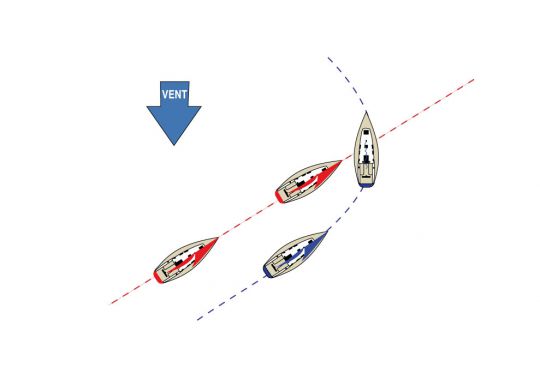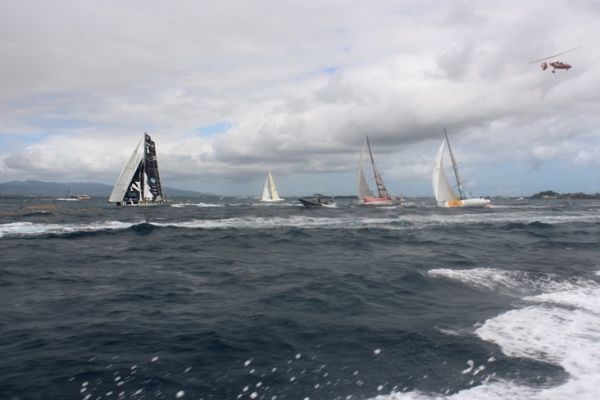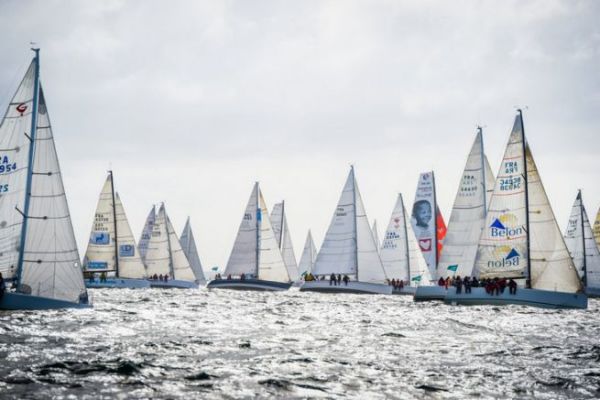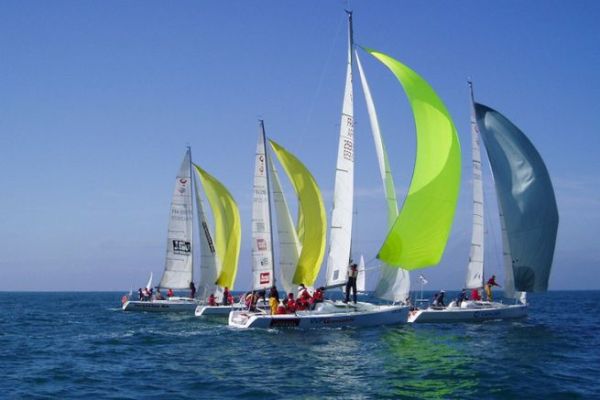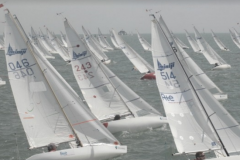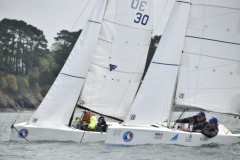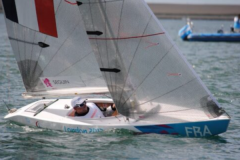On a race course, the upwind runs with their numerous tack changes and downwind runs with their few gybes are all opportunities to meet other boats.
Most often, these crossings are made on opposite sides. But encounters can also occur on the same shore, when two sailboats have converging routes. It is still possible to have to manage a crossing during a tack change.
To deal with these cases, to avoid accidents and to manage disputes, the RRS (Racing Rules of Sailing) apply.
During your regatta, you will be given priority or not, and these are all opportunities for winnings or penalty opportunities. So play the regatta properly, you need to know these few basic rules.
Here are some illustrations of the priority rules that apply when 2 boats meet.
If two sailboats cross on opposite sides
Rule 10 applies: a port tack boat must stay away from a starboard tack boat. This fundamental rule is the best known: "Starboard tack, king of the seas".
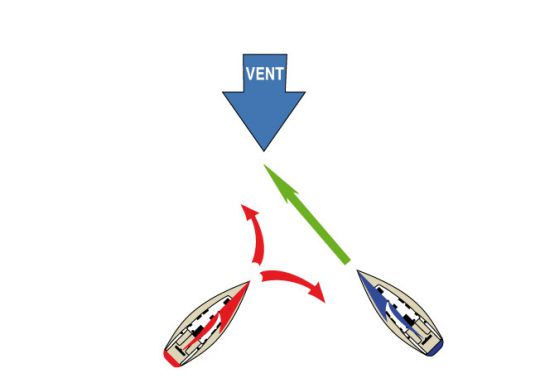
If two sailboats cross on the same side
There are 2 scenarios: in case of commitment or not.
The notion of "commitment" concerns the proximity of converging en route vessels. Two sailboats are in engagement as long as part of a boat is between the perpendiculars to the bow and transom of the other sailboat.
If there is a commitment
When two sailboats have a converging course and are engaged, Rule 11 applies: a windward boat must stay away from a leeward boat.
This rule is very important in the starting phases where competitors are engaged with each other. If a leeward sailboat decides to luff, all those to its wind will also have to luff. So during the start procedure, make sure you keep enough space with the competitors to avoid that they try to "get us out".
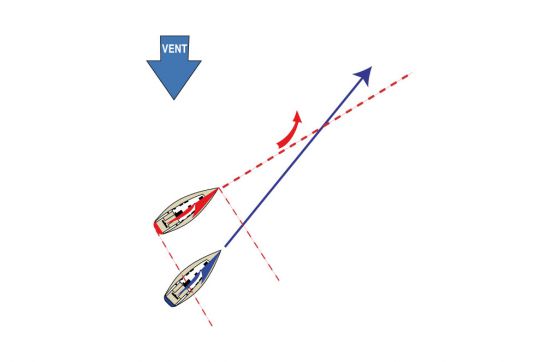
If there is no commitment
When a competitor catches up with another, rule 12 applies: a sailboat on a free course behind, must keep away from a boat on a free course ahead.
If you are going up a slower sailboat, don't expect it to change its trajectory to let you pass. It is up to you to adopt a road that keeps you away.


But as soon as you have created a commitment situation, rule 11 applies and a new game begins.
In practice, if you decide to pass it to its wind, it will have the right to luff to try to counter you. We often see these situations downwind where the boats will luff up until one of them goes to the heap or gives up this battle in favour of the road to the course mark to be turned.
And if you set out to overtake your leeward opponent, there is little hope of success because of the strong wind disturbances, unless you can get far enough away from his wind.
If two sailboats cross each other during the tack change
The priority rule during the tack change is governed by rule 13: when a boat has passed the windward position, it must stay away from the others until it is on a course as close as possible.
That is to say, during the period of the tack change, rules 10, 11, 12 are not applicable. So be careful, take a look around before you start tacking.
